By Mark Mathosian
“Our mission was Berlin. We flew in that dreaded position—last and lowest in the squadron.”
Archie Mathosian, B-17 Radio Operator, A/C #521 (Skyway Chariot), 100th Bomb Group (H), USAAF
“Last and lowest in the squadron.”These words may not mean much to most readers, but to the crew of a Boeing B-17 Flying Fortress flying over enemy territory during World War II, they meant almost certain death at 20,000 feet above the ground. Flying in the dreaded “Tail-End Charlie” position meant your bomber was at the end and bottom of the heavy bomber formation and extremely vulnerable to attacks by swift enemy fighters bearing down for a kill.
The German Luftwaffe anticipated when and where strategic bombers would drop explosives and anxiously planned for their arrival. Odds were good that they would destroy at least a few B-17s even though they would also suffer injuries and death.
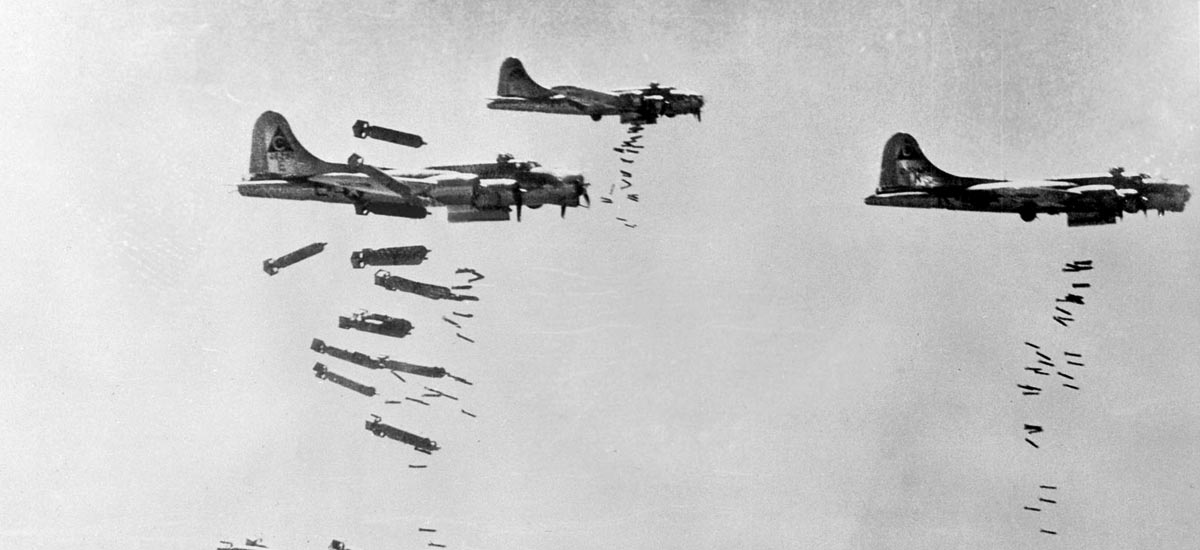
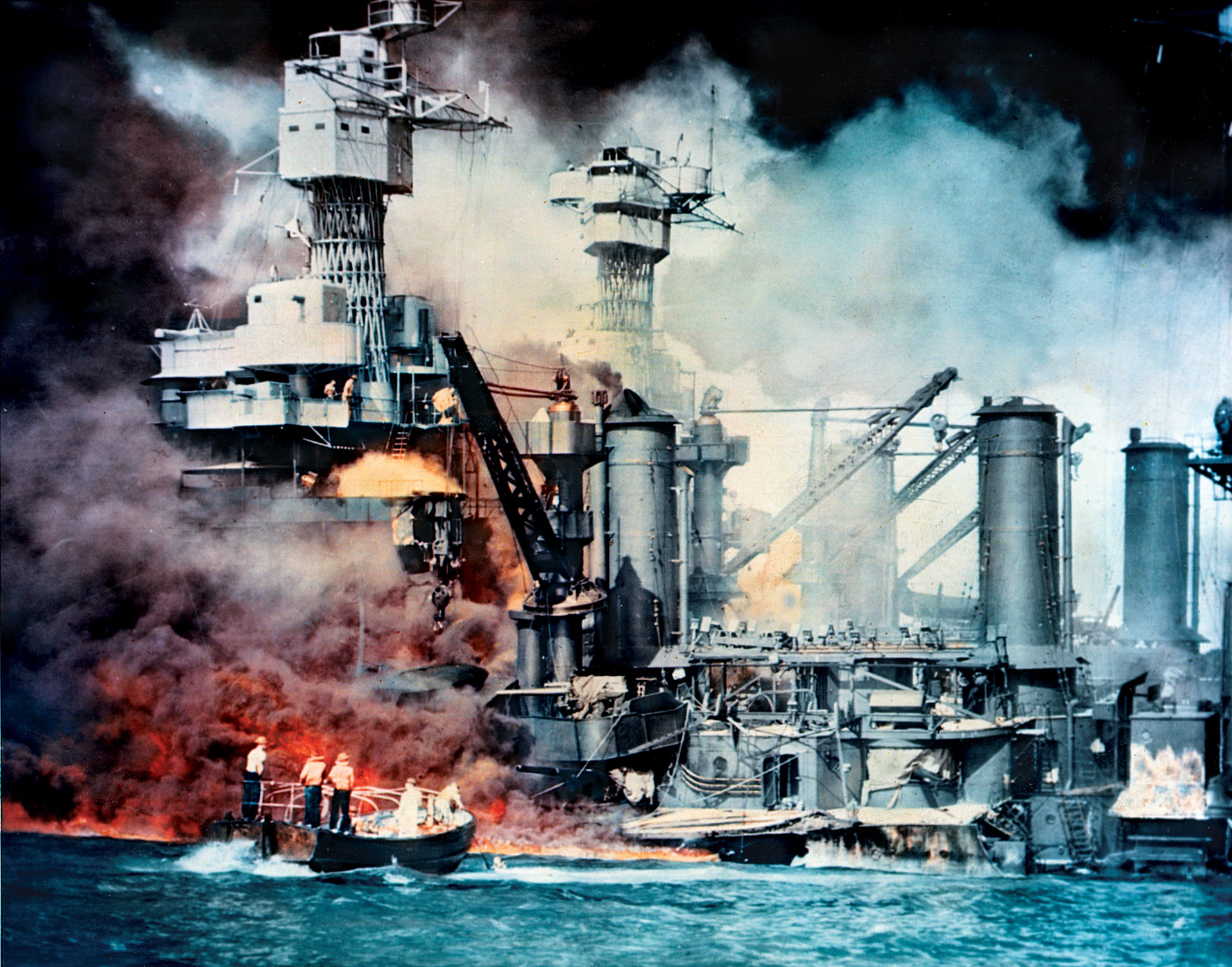
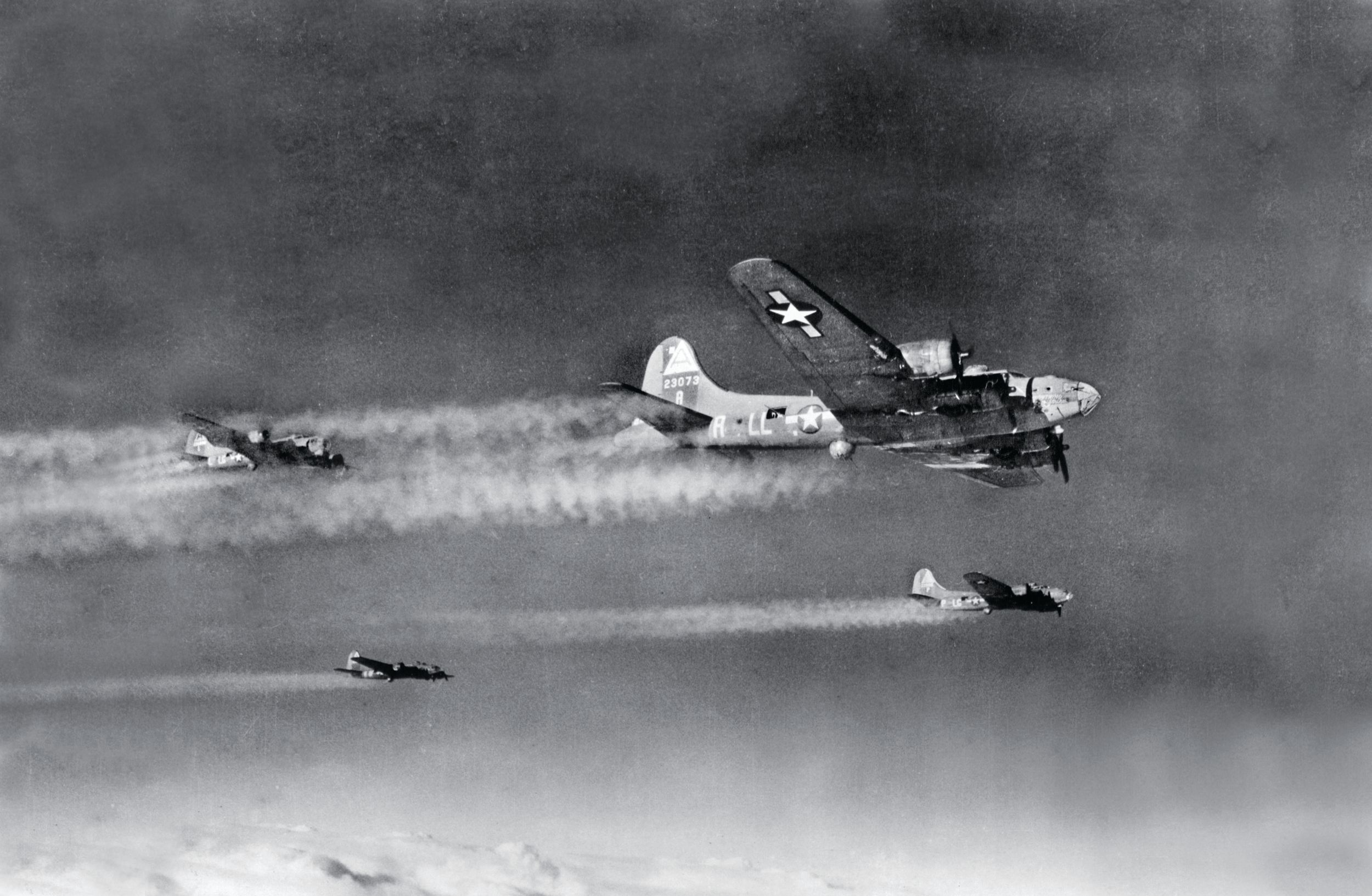
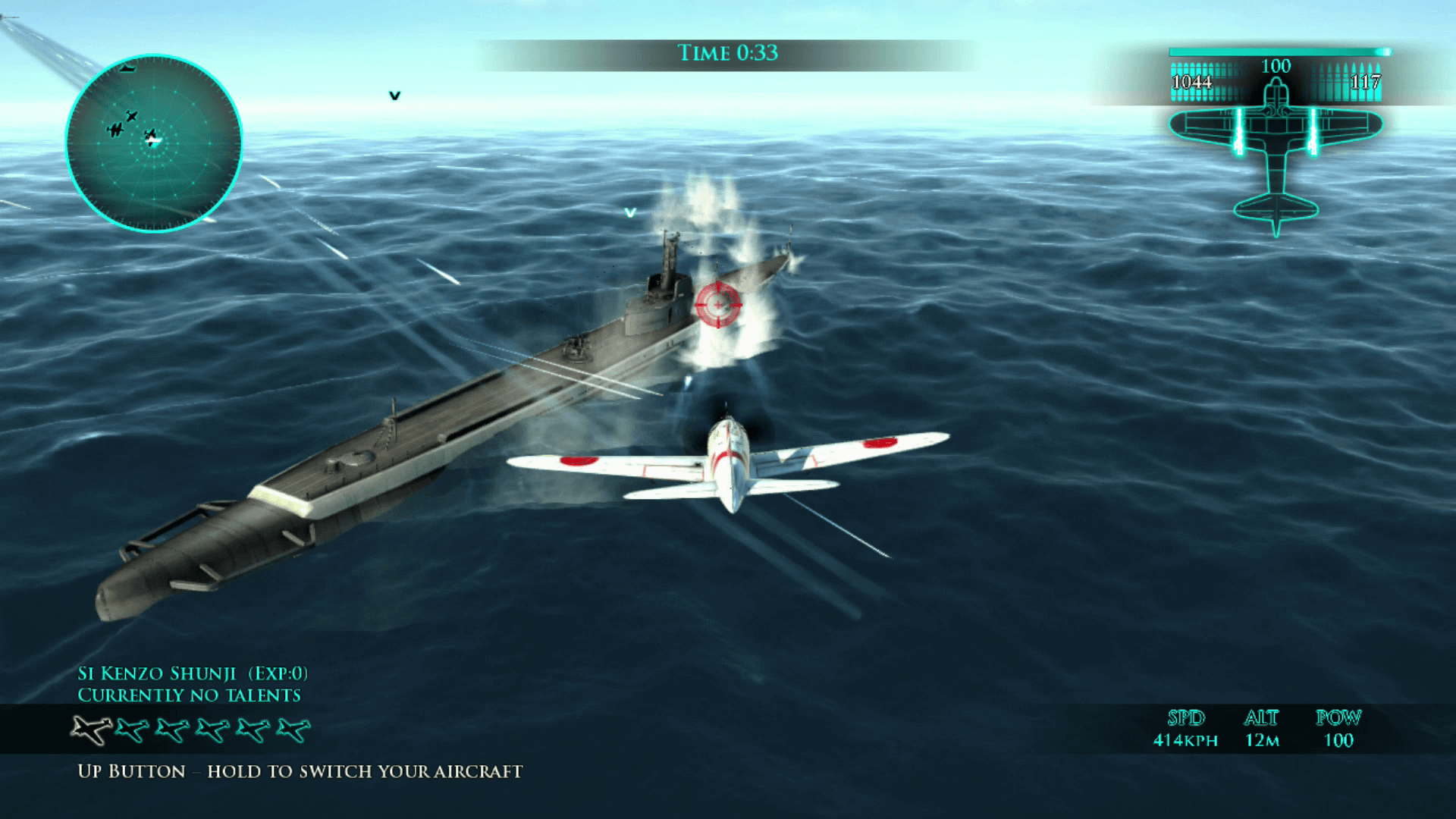
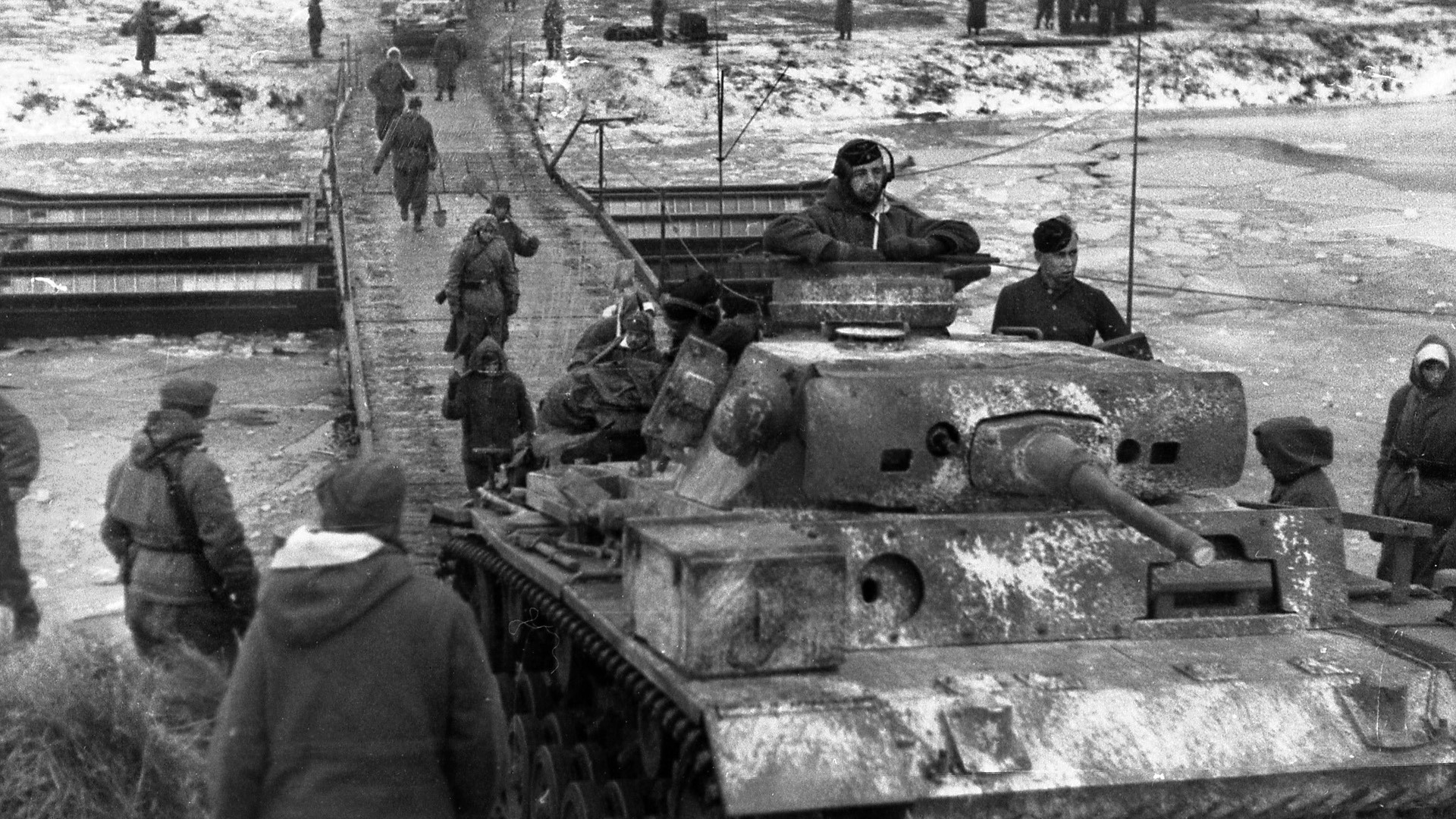
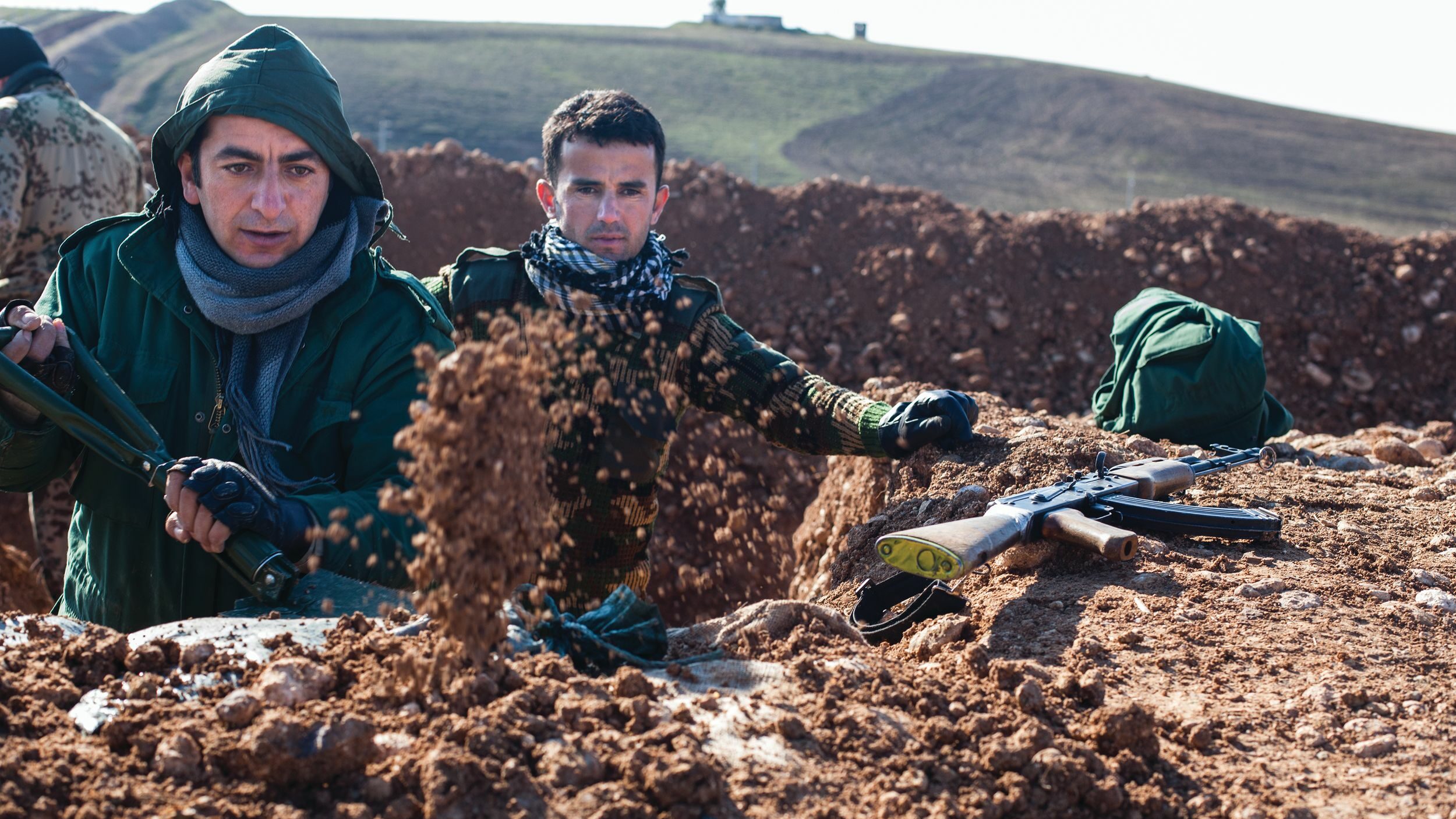
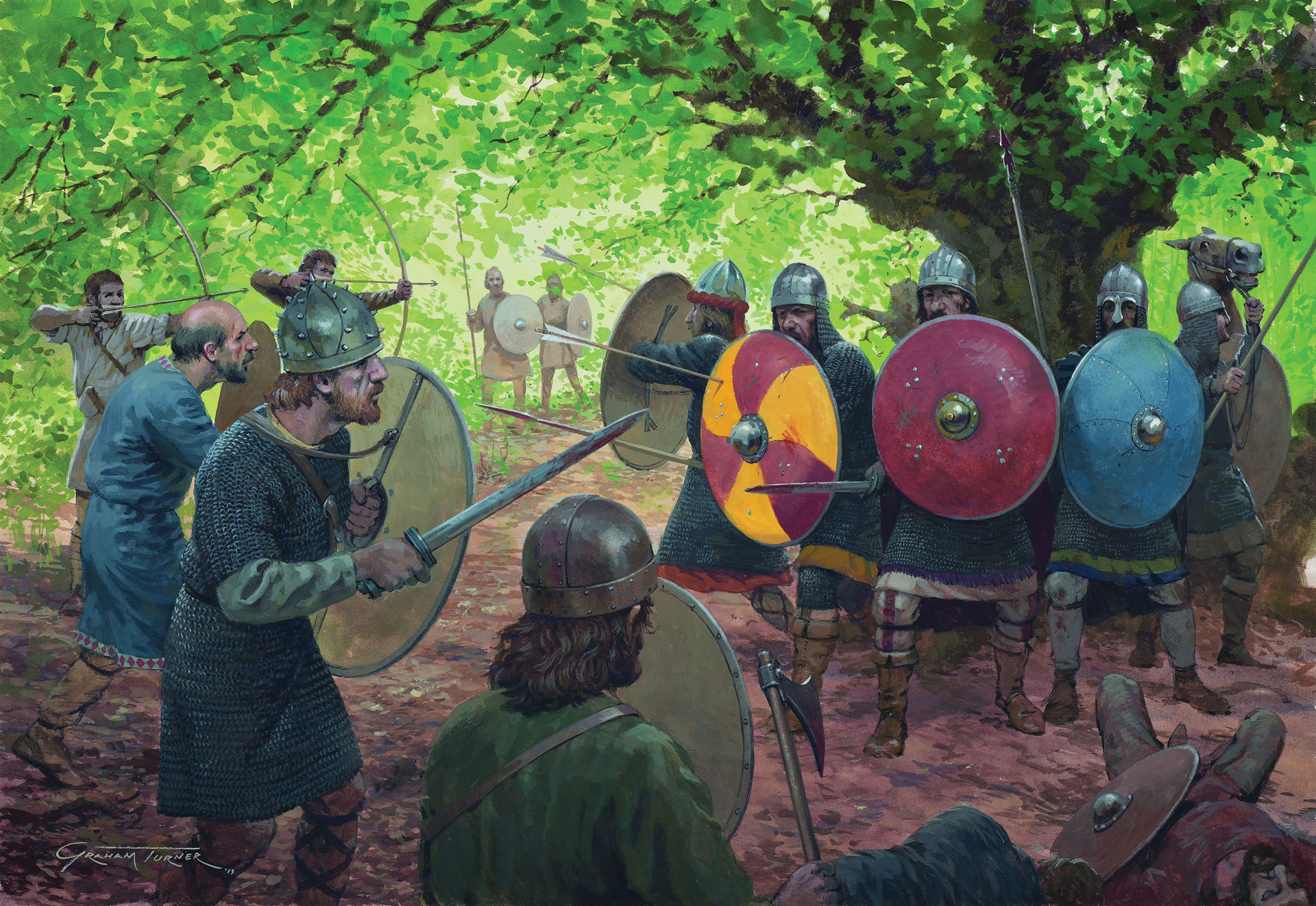
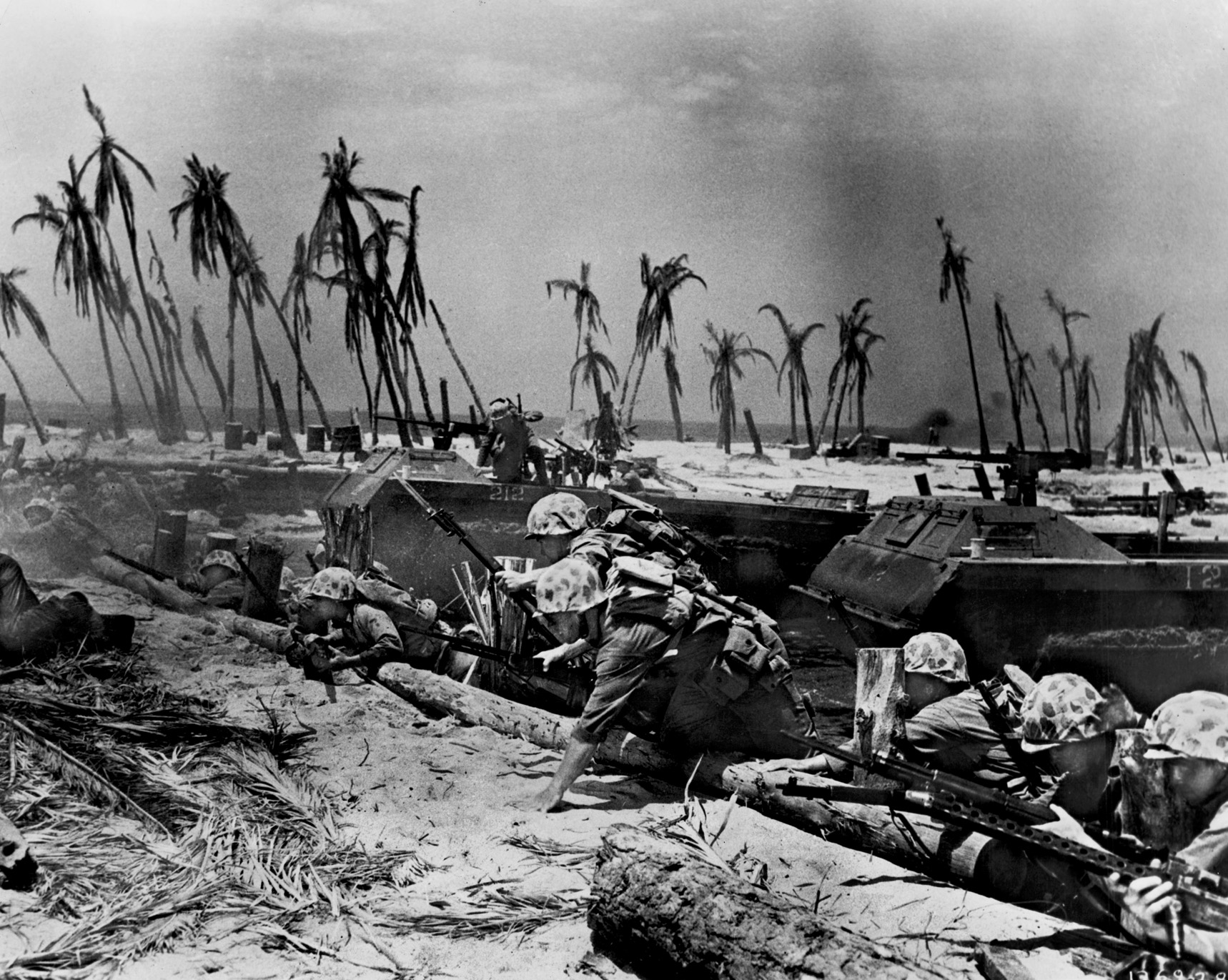
Despite the unattributed quotes and the references to “documentation” in the text, there would appear to be no sourced evidence that the Germans used R4M rockets on 18 March 1945, or ever. The USAAF after action reports make no mention of something that must have happened within sight of dozens of other bombers. And if the R4M was so effective on this one occasion, why were they apparently not used again? This would appear to be an internet myth feeding on itself and growing in the retelling.